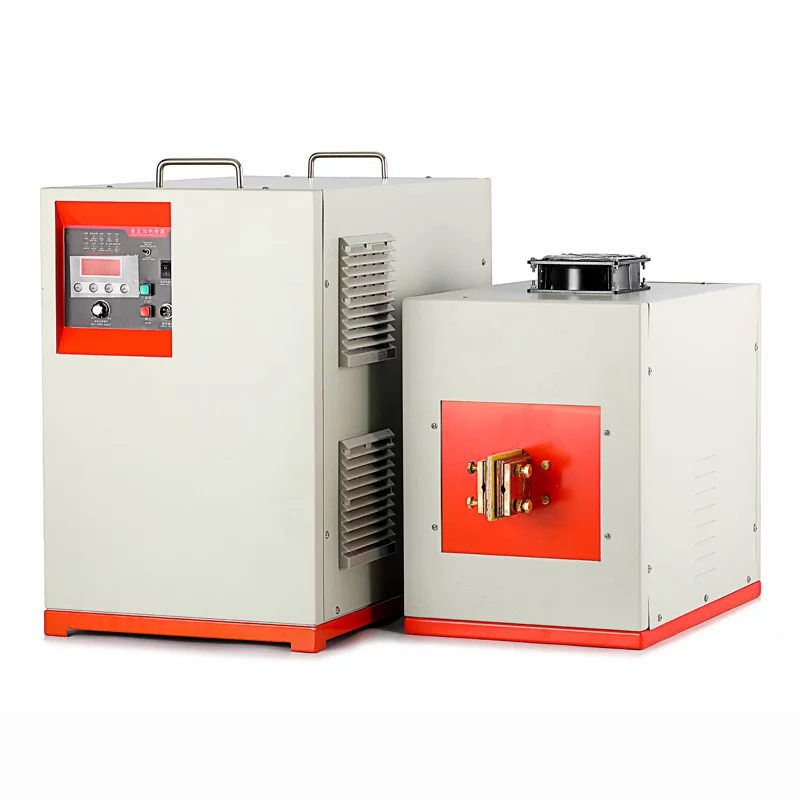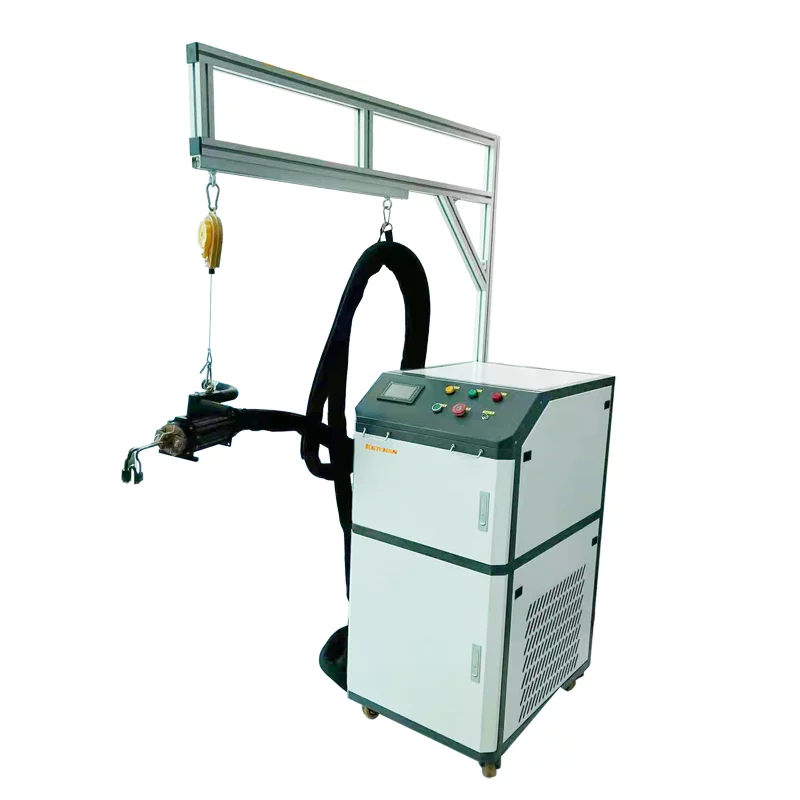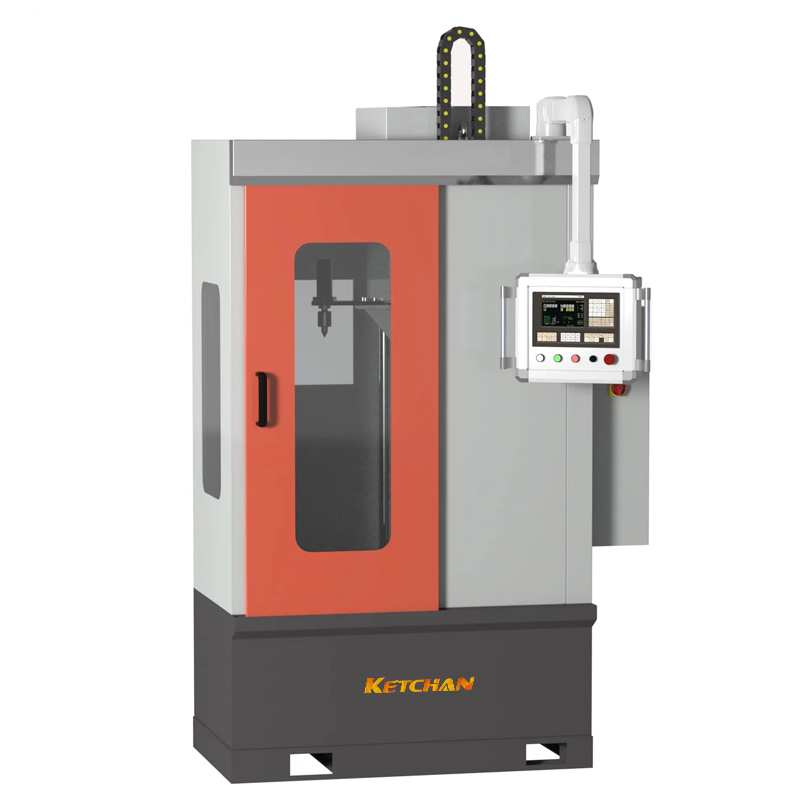Induction heating belongs to rapid heating. The heating rate has a great influence on the phase transition temperature, phase transition dynamics, and the formation of tissue.
When analyzing the temperature-time curve of the steel recorded by the oscilloscope during induction heating, it is known that the heating speed of the steel material drops several times after losing the magnetic field, which is the characteristic of induction heating.
In order to analyze the influence of the heating velocity in induction heating on the phase transition process, the heating velocity after the loss of magnetism should be adopted, which can objectively reflect the heating conditions of the phase transition temperature interval and can be called the heating velocity of the phase transition interval. The heating rate of the phase transition interval can be determined experimentally.
Induction heating curves of ferromagnetic materials
a) Heating curves recorded under certain conditions
b) Simplified heating curve
The initial microstructure of steel not only plays a decisive role in the phase transition rate but also significantly affects the microstructure and properties after quenching. The thinner the original structure, the larger the contact area of the two phases, the more austenite nucleation positions, the shorter the diffusion distance of carbon atoms, and the faster the phase transition. For parts with strict requirements on structure and performance, the preparation heat treatment of steel should be carried out in advance when using induction hardening. The preliminary heat treatment of structural steel is mostly tempering.






